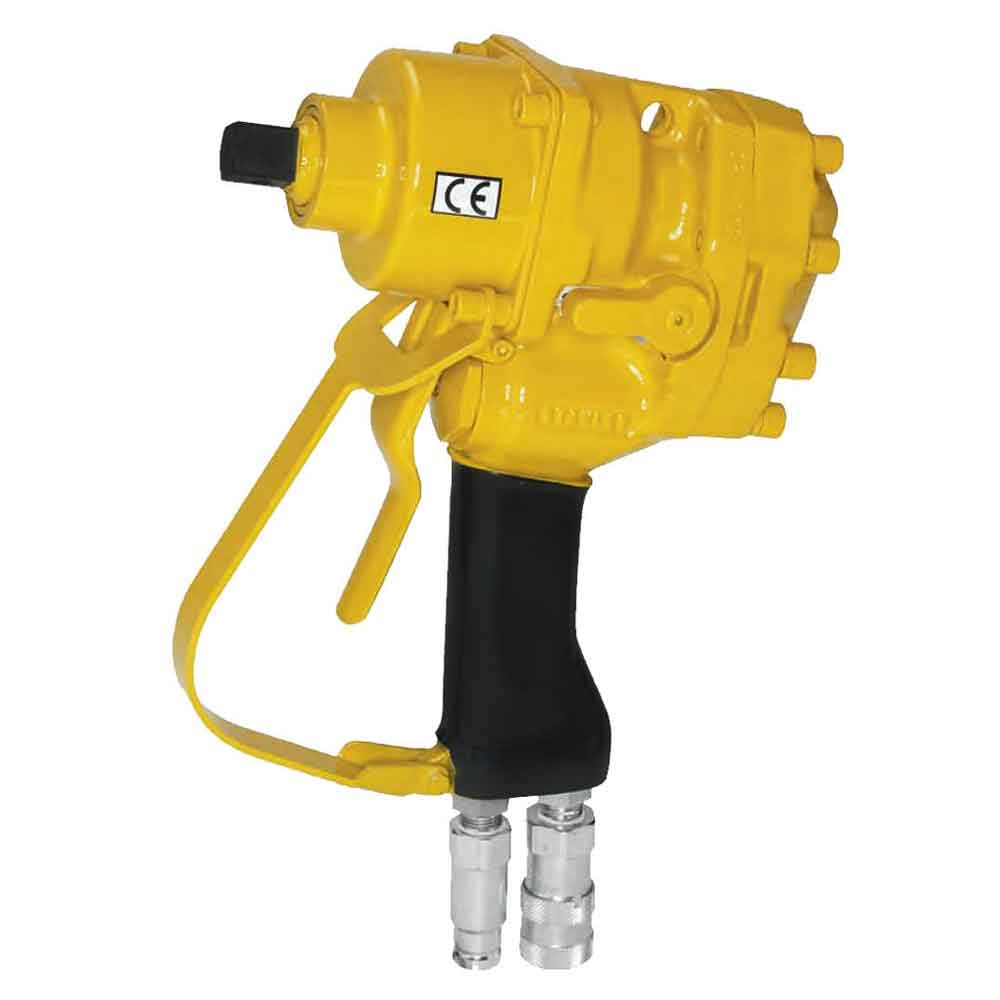
High-pressure systems play a crucial role in industries like manufacturing, construction, and oil extraction by providing power and precision. As efficiency and safety demands grow, these technologies continue to evolve. This blog highlights how they work, their importance, and tips for selecting the right system for safe and efficient operations.
High-Pressure Applications Across Industries
Where Power Meets Precision
High-pressure systems are indispensable in industries that demand precision under extreme conditions. Here’s a quick look at where these solutions are making an impact:
1. Manufacturing and Construction
High-pressure hydraulic systems, such as Stanley Infrastructure hydraulic tools, are often used in industrial presses, forging equipment, and construction machinery. These systems provide the immense force needed to shape heavy materials like steel or concrete.
2. Oil & Gas Industry
Oil drilling operations rely on high-pressure systems to reach deep reservoirs. Advanced water and hydraulic technologies are used to manage flow and reduce energy waste.
3. Industrial Cleaning
Manufacturing plants, refineries, or transport hubs use water jet systems to clean machinery or surfaces clogged with tough residue. These systems apply focused high-pressure streams strong enough to tackle things like chemical buildup or dried concrete.
4. Aerospace & Automotive
High-pressure testing is a crucial element in both these industries. Hydraulic and pneumatic systems ensure the safety, stability, and performance of critical components.
5. Agriculture
Modern hydraulic spray systems are the unsung heroes of efficient pest control and irrigation, pushing water or pesticides evenly across massive areas.
Why Reliable Equipment Matters
Boosting Productivity Without Cutting Corners
Reliable high-pressure systems don’t just complete the task; they redefine the quality of outcomes. Investing in dependable equipment has impacts far beyond performance metrics.
- Safety Protocols
Malfunctioning equipment in high-pressure operations risks serious injuries or costly downtime. Choosing robust systems minimizes operational hazards.
- Efficiency Gains
High-pressure systems operating at peak efficiency reduce delays, waste, and the need for repairs. This translates to saved costs in the long run.
- Durability Under Stress
Operational downtime caused by cheap equipment can disrupt schedules. Durable systems, designed for intense use, extend the working lifecycle of machinery.
The Ripple Effect
When equipment is reliable, employee trust and job satisfaction improve. A safer, more efficient workplace contributes to overall project reliability—critical for businesses operating under tight deadlines and budgets.
Common High-Pressure Technologies
High-pressure solutions center around three powerful systems, each with unique strengths tailored to specific industries.
1. Hydraulic Systems
- Uses liquid (typically oil) to transmit force.
- Highly efficient for applications requiring immense power—like construction or manufacturing.
- Self-lubricating, meaning components tend to wear less over time.
2. Pneumatic Systems
- Relies on the compression of gases (such as air) to transfer energy.
- Known for being lightweight, clean, and ideal for smaller tasks with quick actuation needs.
- Often used in smaller assembly machines or tools for electronics manufacturing.
3. Water-Based Systems (Jet & Pumps)
- Water jet systems are ideal for cutting and industrial cleaning.
- Deliver pinpoint accuracy with immense energy concentration.
- Popular in food processing plants due to their hygiene-boosting capabilities.
Key Factors When Selecting A High-Pressure Solution
Choosing the best system for a specific task involves careful consideration. Here’s what to focus on when making a decision.
- Capacity and Load
Does the solution have sufficient power to handle your workload without stagnating in performance during peak use?
- Energy Efficiency
High-pressure systems can consume enormous energy—prioritize solutions engineered for reduced waste and lower operational costs.
- Environmentally Conscious
Modern industries are moving toward sustainable practices. Look for systems reducing emissions or featuring energy recycling mechanisms.
- Maintenance Needs
Understand how much routine upkeep your equipment will require. Simplified maintenance can save countless hours annually.
- Customization Options
Some high-pressure solutions can adapt to unique operational needs through modular builds.
The Future of High-Pressure Technology
Emergent innovations are set to push these systems even further.
IoT Integration
Smart components will allow businesses to monitor operational metrics like pressure levels and energy consumption in real-time.
Sustainable Advancements
Eco-friendly hydraulic oil substitutes, water-conservation jets, and solar-powered pneumatic systems signal a future in which sustainability won’t compromise efficiency.
AI-Driven Predictive Maintenance
Using AI for equipment diagnostics could virtually eliminate downtime, making repairs less reactive and more pre-emptive.
Conclusion
Now that we’ve explored the applications, benefits, and future of high-pressure technology, it’s clear that these systems play a crucial role in various industries. Investing in reliable equipment not only ensures safety and efficiency but can also lead to cost savings and improved employee satisfaction.

